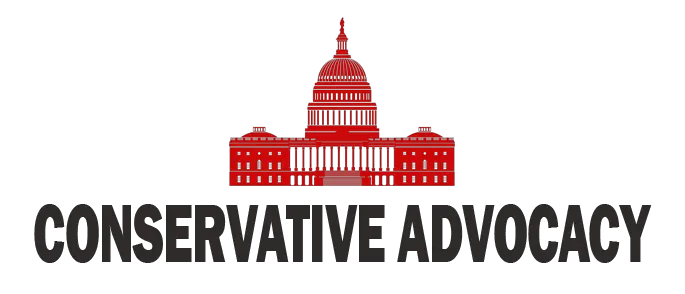The Panama Canal, a vital waterway that acts as a gateway for international trade, is currently at the center of serious concerns regarding increasing Chinese influence in the region. The recent visit of Secretary of State Marco Rubio to Panama City underlines the significance of this canal, which not only serves as a major transport route but also has strategic implications that stretch far beyond its geographical borders. As the Trump administration begins to navigate these treacherous waters, American watchers can’t help but wonder what it all means for U.S. interests in the area.
At both ends of the Panama Canal—Balboa and Cristobal—Chinese companies hold stakes in port operations, raising red flags about China’s ability to exert control over this critical juncture for global shipping. With firms like Hutchison, a Hong Kong-based conglomerate, running these establishments, it becomes clear that a mere command from Beijing could bring operations to a standstill. If China were to take military or economic action that disrupts the canal, it could have ripple effects felt across the global economy. Experts emphasize the precariousness of this arrangement, reminding everyone how easily things can go awry when a foreign power holds significant influence over essential infrastructure.
The discussion about the Panama Canal is just the tip of the iceberg, as many analysts are now looking beyond Panama to the larger picture of Chinese investment and ownership in ports around the world. Places like Africa, the Suez Canal, and European ports are now operating under the gaze of Chinese corporations. The so-called Maritime Silk Road has effectively turned into a network that allows China to project its power and influence across oceans and continents. This raises questions about how the United States allowed this situation to spiral so far out of control and whether the Trump administration can catch up to counteract this growing threat.
As authorities scramble to comprehend these global dynamics, there’s evidence that the U.S. is starting to pay attention. The alarming reality is that China has established a foothold closer to America’s borders than many might realize, with extensive operations in countries throughout Central and South America. The potential security challenges are profound, particularly considering the proximity of these ports to the East Coast of the U.S. and recent diplomatic maneuvers made by the Trump administration.
It doesn’t stop at just economic implications. The Darien Gap, a treacherous route between Colombia and Panama, has emerged as a hotspot for illicit migration and potentially even terrorism. The current U.S. administration’s willingness to confront these challenges indicates a renewed focus on addressing migration issues head-on. More troubling, reports suggest that China is eyeing the Darien Gap as a potential roadway to facilitate migrant movements throughout Central and South America—an issue that could significantly impact U.S. borders if left unchecked.
In conclusion, recent engagements in Panama point to a more assertive U.S. foreign policy aiming to reclaim influence lost in the region. With growing concern over Chinese operations in these critical waterways, the Trump administration may be positioned to take meaningful steps to counteract foreign influence expansion. How successful these efforts will be remains to be seen, but one thing is for sure: the stakes are high, and the world is watching. Ultimately, the Panama Canal serves as a microcosm of larger global trends and a key battleground in the escalating tug-of-war between the United States and China.




